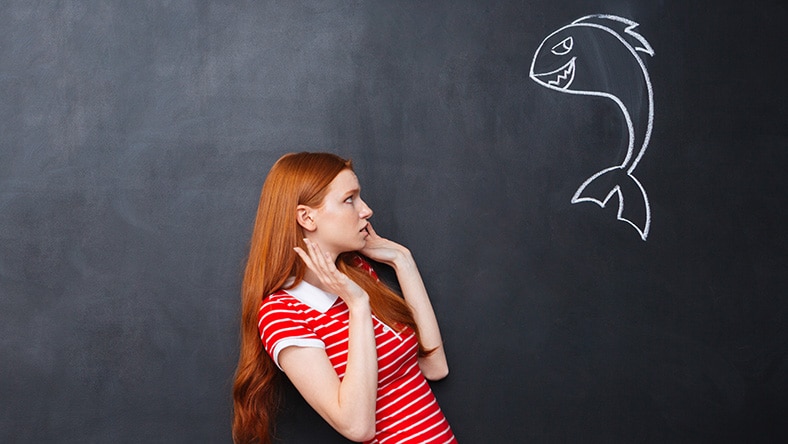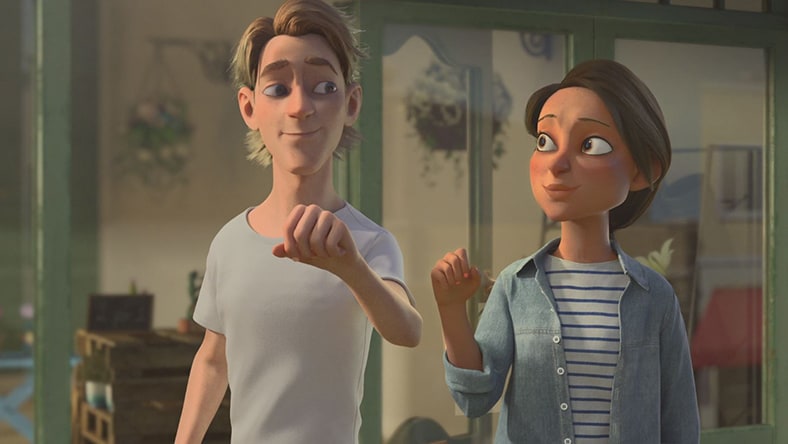The difference between 2D animation and stop-motion animation is drawings vs. physical objects. Both styles create frame-by-frame animation, which lines up a series of images in sequence to create the illusion of movement.
However, for 2D animation, artists draw images by hand or in software, whereas for stop-motion animation, they photograph scenes of manipulated physical objects.
The method of cutout animation–where flat cutouts of paper, fabric or other materials are arranged to create images frame by frame–blurs the lines between 2D drawn animation and 2D stop-motion animation.














